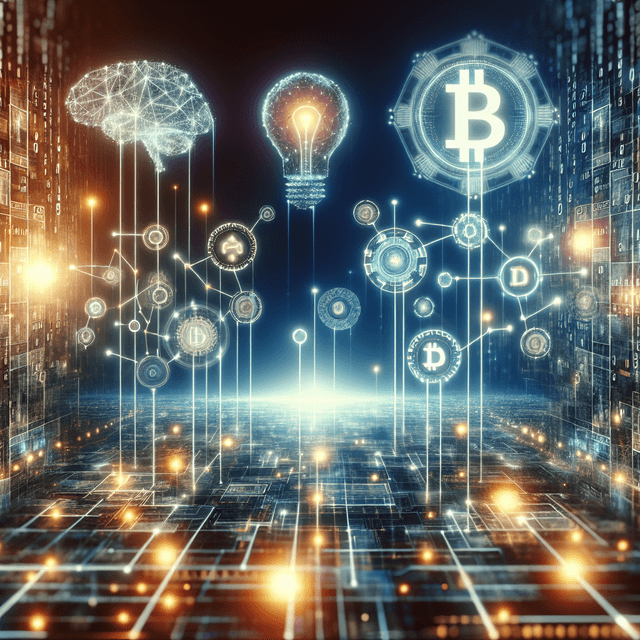

Unlocking AI: Transforming Web3 Scalability for a New Era
Share this blog on social media:




In recent years, the convergence of artificial intelligence (AI) and blockchain technology has been at the forefront of innovation, particularly in the realm of Web3 scalability. As we move through 2025, several groundbreaking developments have emerged that are set to reshape the landscape of decentralized applications and digital economies. Here, we explore the key breakthroughs that are unlocking AI's potential for enhancing Web3 scalability.
One of the most significant advancements is the integration of advanced AI algorithms with blockchain protocols, resulting in self-optimizing smart contracts. These innovative contracts are designed to enhance transaction efficiency, drastically reducing gas fees and making the blockchain more accessible to users. As transaction costs continue to decline, we can expect a surge in user engagement and overall network activity, driving the growth of decentralized applications (dApps) across various sectors.
Alongside these technical breakthroughs, a notable trend has emerged: the rise of decentralized AI marketplaces. These platforms allow developers to share and monetize their AI models while ensuring data privacy and ownership for users. This growing ecosystem not only fosters innovation but also democratizes access to advanced AI tools, enabling businesses and individuals to leverage AI capabilities without compromising their data security.
The impact of AI-enhanced Web3 solutions has been remarkable. By mid-2025, adoption rates surged by 150%, with over 60% of dApps incorporating AI features to improve user experience and scalability. This rapid uptake signals a significant shift in how developers and businesses are approaching blockchain technology, emphasizing the need for enhanced functionality and user-centric designs.
Looking toward the future, the convergence of AI and Web3 is poised to redefine digital economies. Projections indicate that by 2030, AI-driven decentralized networks could contribute to over 25% of global GDP. This shift will not only transform business models but also create new opportunities for economic growth and innovation across various industries.
Several real-world applications have already demonstrated the potential of AI and blockchain collaboration. In sectors such as supply chain management, AI-driven solutions provide real-time tracking and verification, enhancing transparency and reducing instances of fraud. Such


